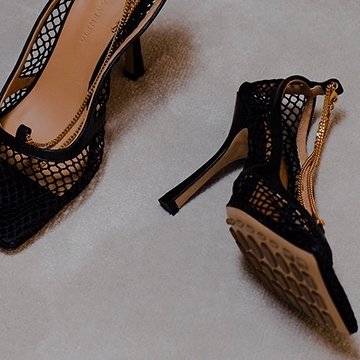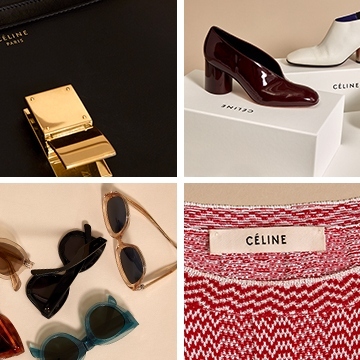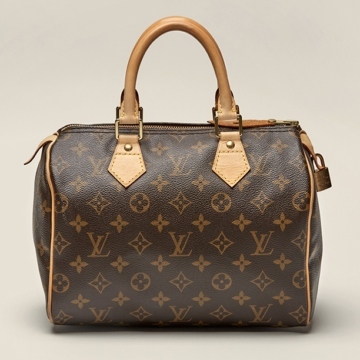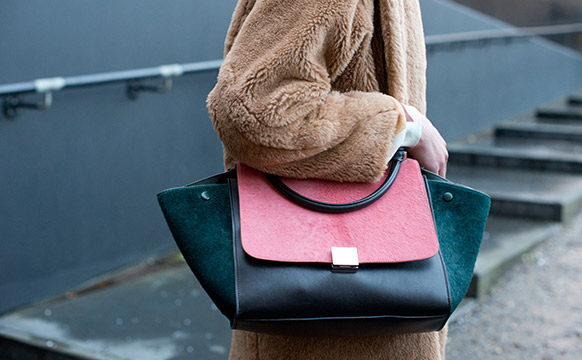
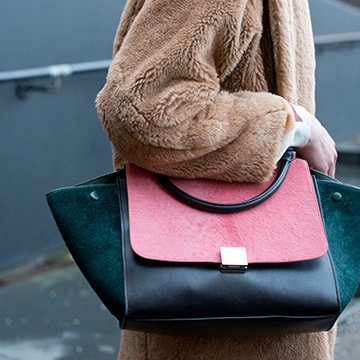
How to Tell if Your Céline Bag Is the Real Thing
A Céline bag (#oldceline that is) is perhaps a bigger score than ever. Former designer Phoebe Philo has a penchant for designing It bags, and during her time at the helm of Céline, she breathed new life into the once flagging house with designs that generated waitlists around the world. The first Céline It bag was the Luggage Tote, and was soon followed by other popular designs like the Trapeze, Phantom, Trio, Box and Edge bags. Now, the difficulty isn’t in getting on the waitlist, but finding the particular style and color you want in the only place they now exist: the resale market.
As Philo remarked of the women who are fans of her designs, “They are all different, but with the common thread of an appreciation for clothes that suggest something new but made to last far beyond fast-trend fashion.” While Céline’s bags appeal to lovers of minimalism with their clean lines, sleek colorblocking and lack of obvious logos, they are also instantly recognizable to those in the know. The popular flared gusset designs of Philo’s bags for Céline have spawned lookalikes from both luxury and contemporary brands across the industry, so taking a close and careful look at Céline bags to ensure their authenticity is important. When looking at a Céline bag, there are several telltale signs of authenticity. Here, our expert team breaks them down.
Céline Bag Heat Stamping
On a Mini Luggage Tote, the exterior Céline logo should have an accent aigu, or right-pointing accent, above the first “e,” and “Paris” printed beneath. The font should not look thick and blurry, nor thin and faint. The interior label will have “Made In Italy” printed in caps to the right. Note that on different size totes, the labels will differ. On Nano Luggage Totes, the logo is embossed on a leather tab and only the M in made and I in Italy will be capitalized.
Céline Bag Date Codes
The location of the date code in a Céline bag is dependent on the style. In most Céline bags, you’ll find a leather date code tab, however in some bags the date code is embossed into the interior lining. The embossed numbers are not unique and can be repeated. They should always follow this format: one letter, two letters, four numbers. The corners of the rectangular tab are normally clipped at clean right angles. Neither the tab nor the corners should ever be curved.
Céline Bag Zippers
Céline used branded Lampo hardware on certain bags from 2010-2011 and on small leather goods Céline often used YKK zippers. After that, and unlike many other fashion houses, Céline used unbranded zippers on their bags. The backs of these unbranded zippers should be plain and unmarked, however, they will feature a symbol on the nose of the zipper (some symbols include 8, I, 1/I, 3/Y, and 5). On Luggage Totes, the zippers should have an antiqued finish and should never be brassy or shiny. The D-Rings on the zippers should be large enough to leave space on either side of the leather pull.
Céline Bag Lining
Céline always uses high-quality, sturdy leather on their handbags, which lends to their hefty weight. Smooth calfskin Luggage Totes will have matching leather linings. Céline used microsuede lining on drummed calfskin bags until 2013. It was then replaced with a natural unfinished hyde lining which gave the bag more structure. The Céline Trio features a jersey knit lining, and is quite a versatile accessory — it can be separated into three different bags (you can even mix and match different colors).
All items are pre-owned and consigned to The RealReal. Trademarks are owned by their respective brand owners. No brand owner endorses or sponsors this ad or has any association and/or affiliation with The RealReal.
Please note: Brand standards, logos and other identifying features may have changed since the time of publication.


